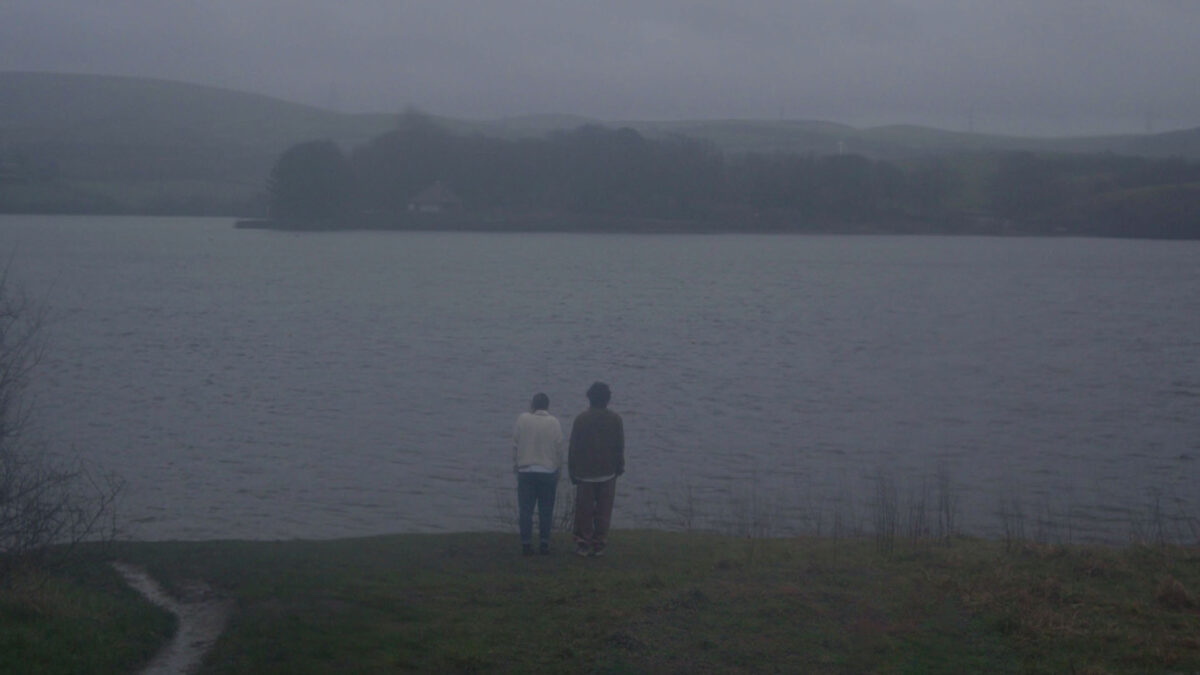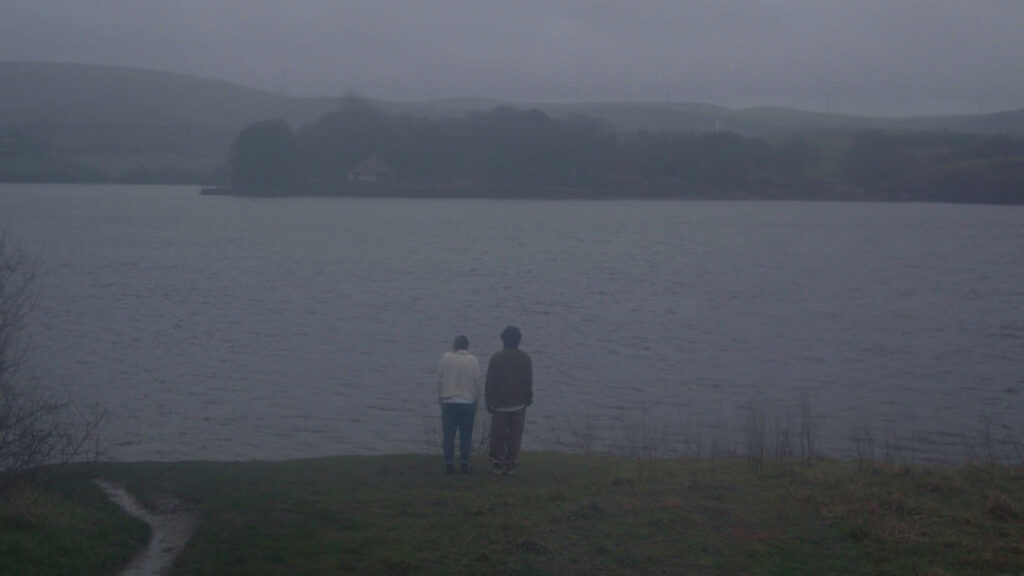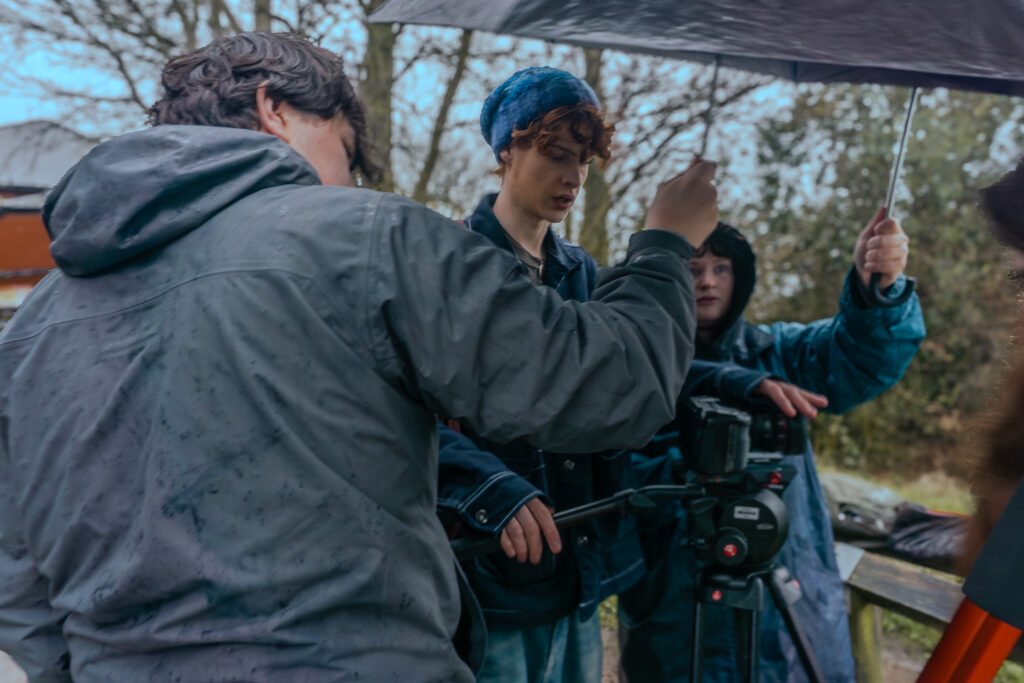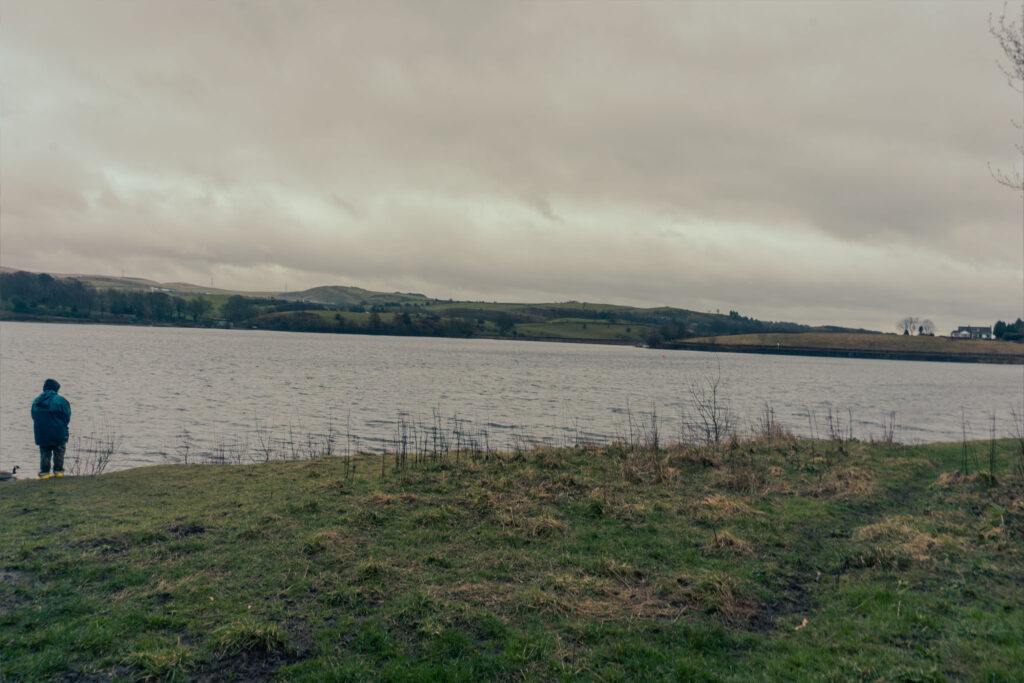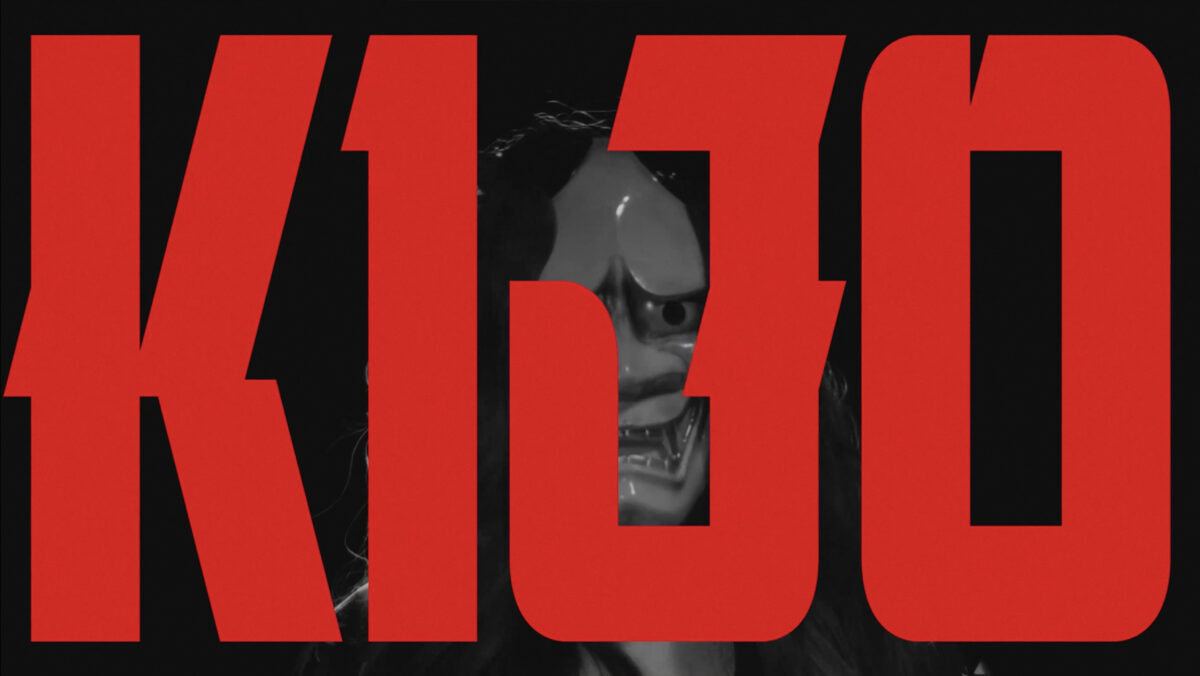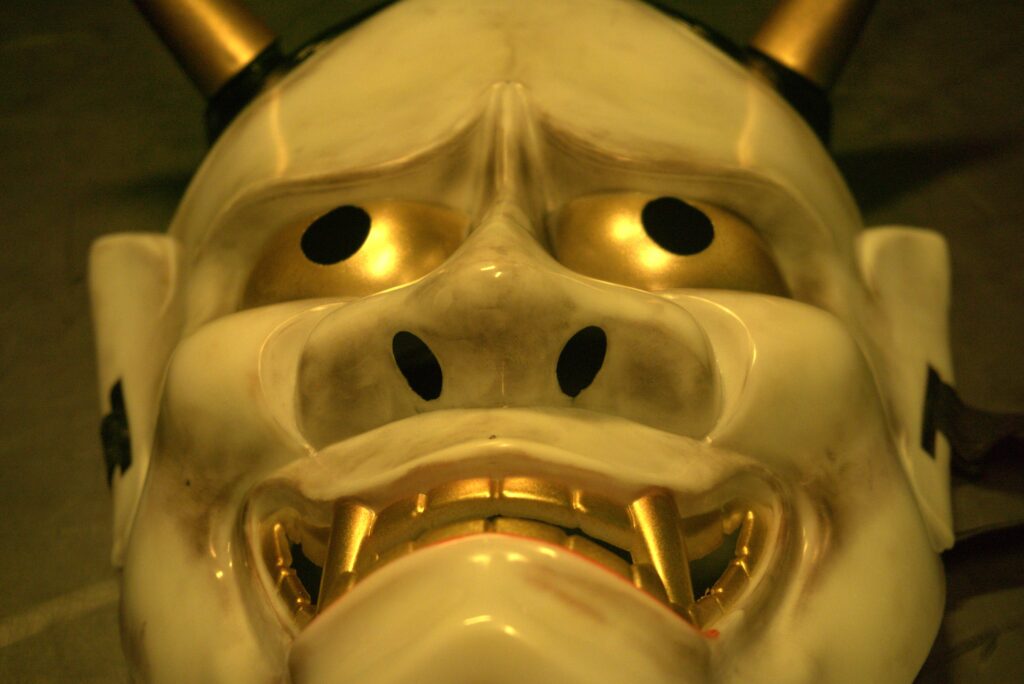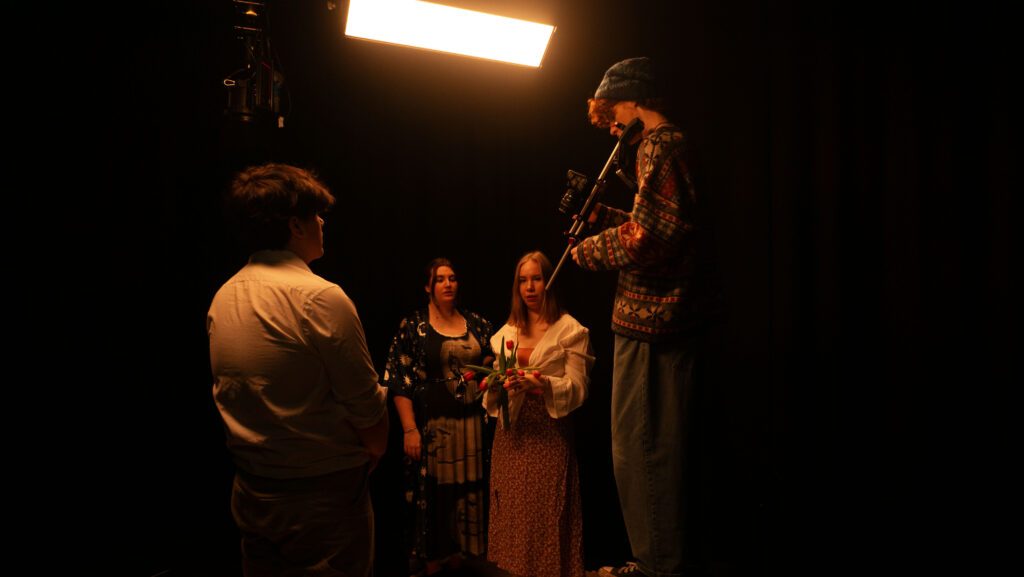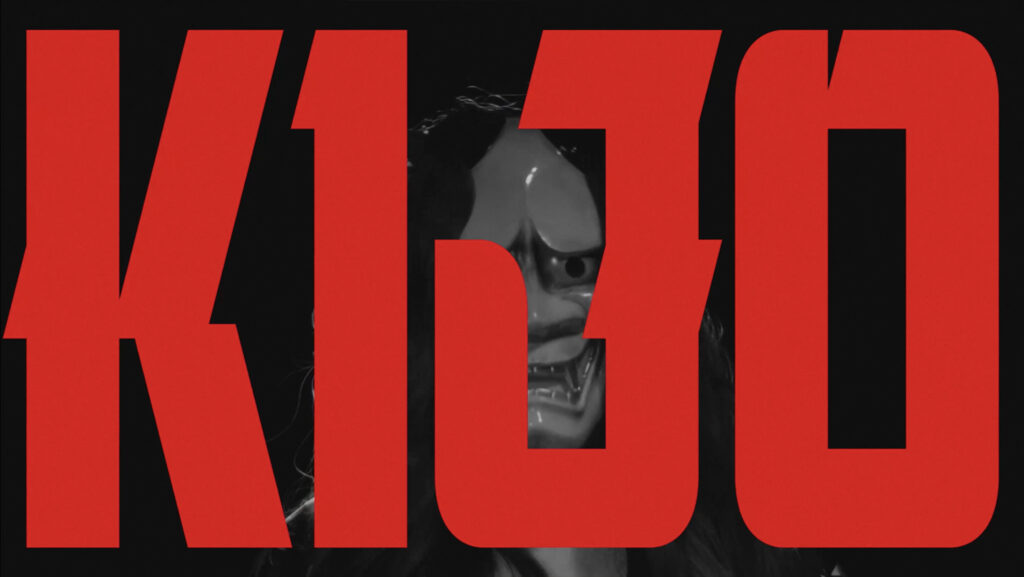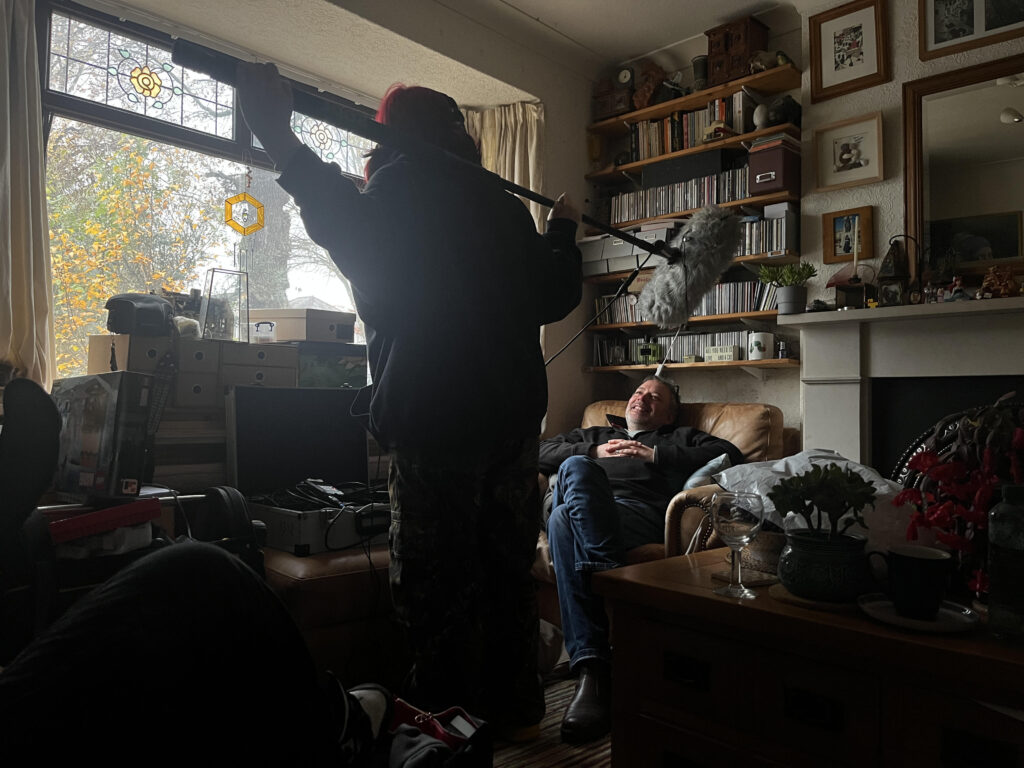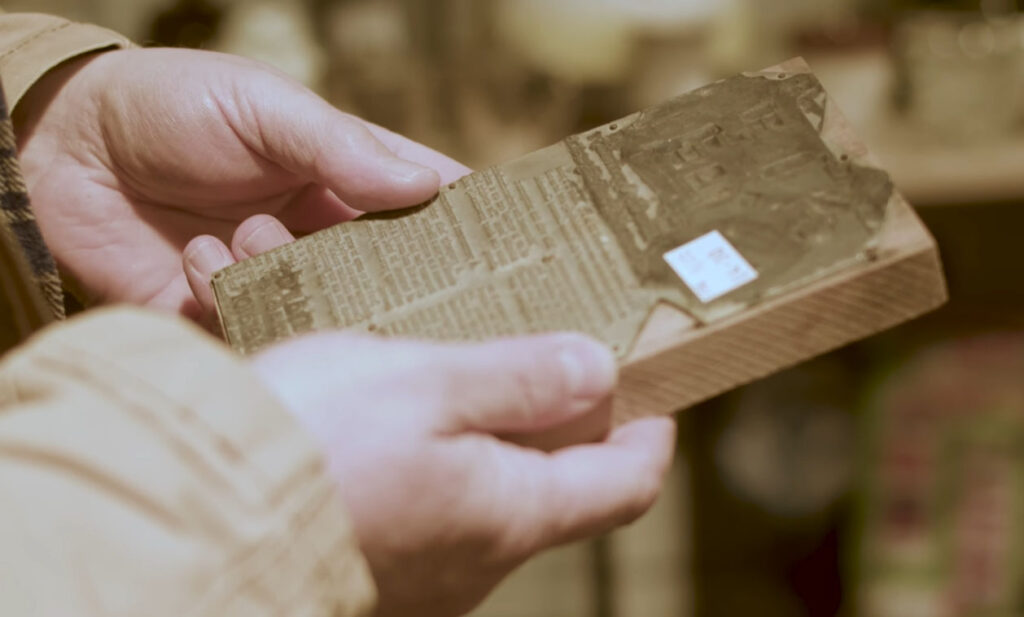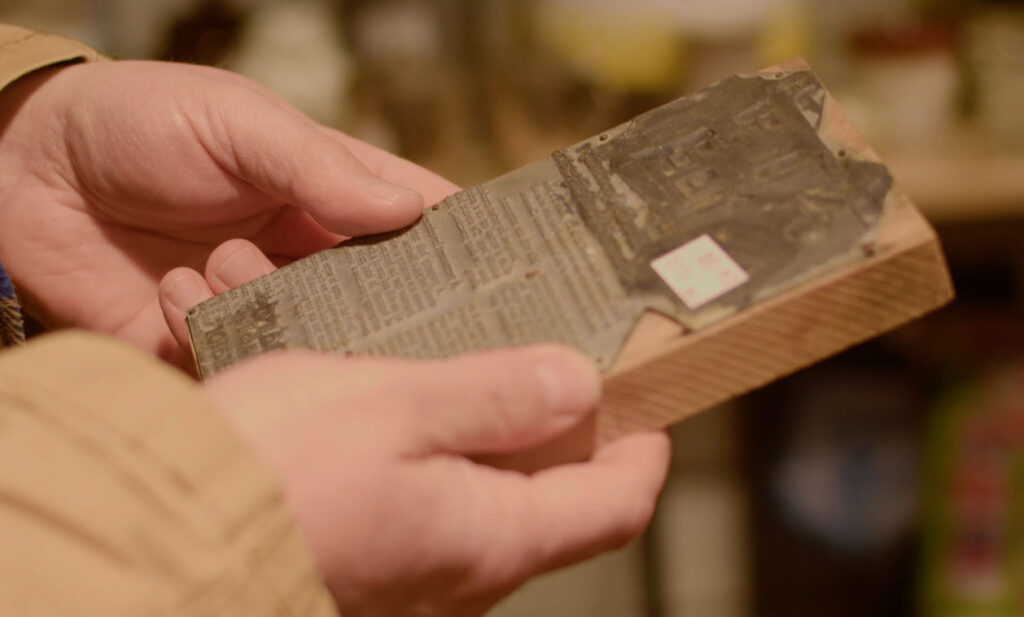48
Personal Credits:
ALL ROLES
A challenge set by the university to make a film in 48 hours, with the only guidance given being the word ‘SOMERSAULT’.

Reflection
Due to the limited production time, I relied on existing footage to create the film. As editing is one of my strengths, I focused on crafting an interpretation of space through shot selection and sound. The sound design, being my first time in full control, was particularly challenging but rewarding. I spent the majority of the production time building a complex, layered soundscape that added depth to the visual narrative.
The film brief inspired me to explore the theme of British summertime in the forest, drawing on the word “summer” from “somersault.” I also incorporated the idea of movement, reflected through nocturnal creatures’ sounds throughout the film. Working with archival footage for the first time pushed me to reinterpret its original purpose – a thriller set in the forest – allowing me to embrace a more experimental approach as a filmmaker.
In hindsight, a more traditional narrative structure could have enhanced the film’s cohesion, such as following the life cycle of a tree or a leaf’s journey through the forest. This would have been achievable with more time and the opportunity to gather footage specifically for the film, rather than retrofitting existing material into the project. Ultimately, the experience has made me a more open-minded and flexible filmmaker.
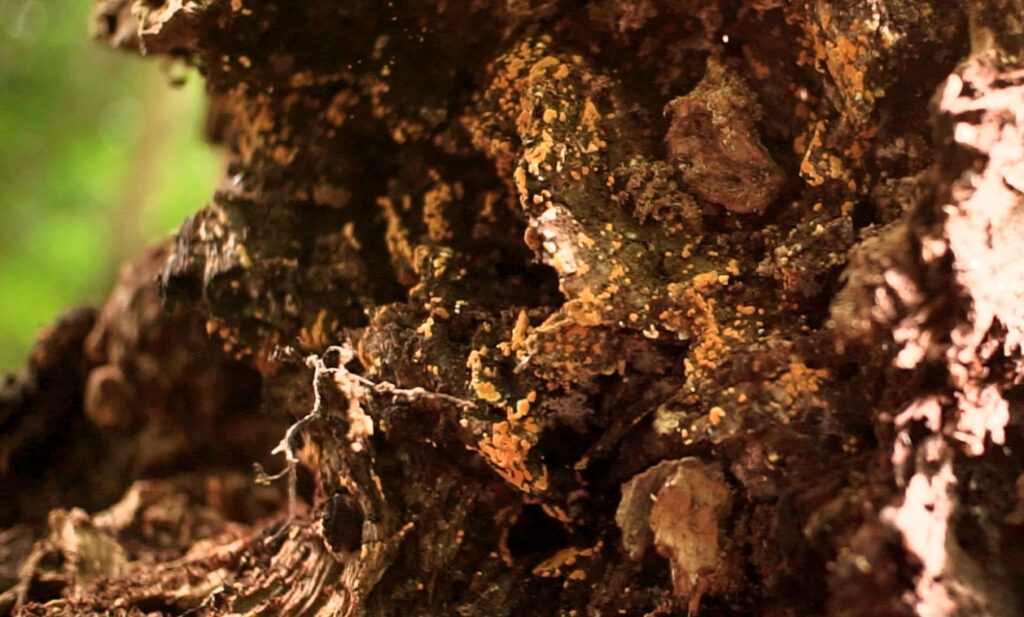

Any questions about the film?

